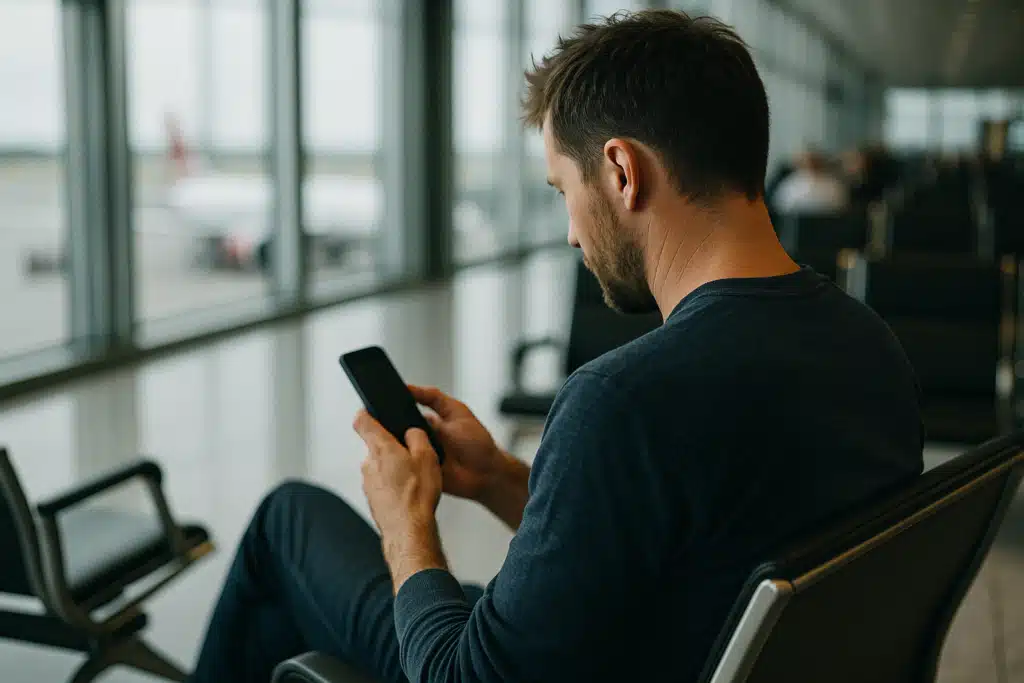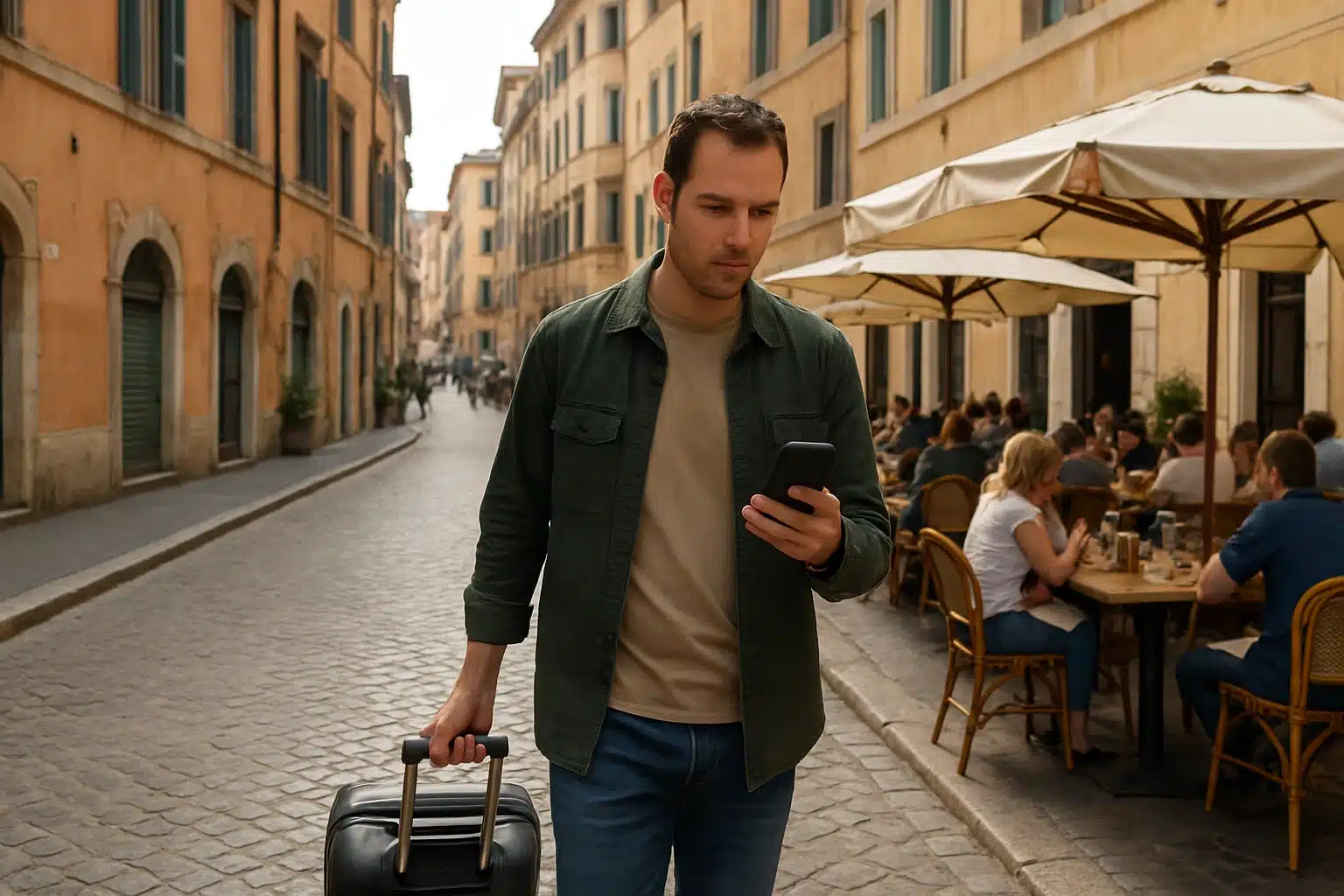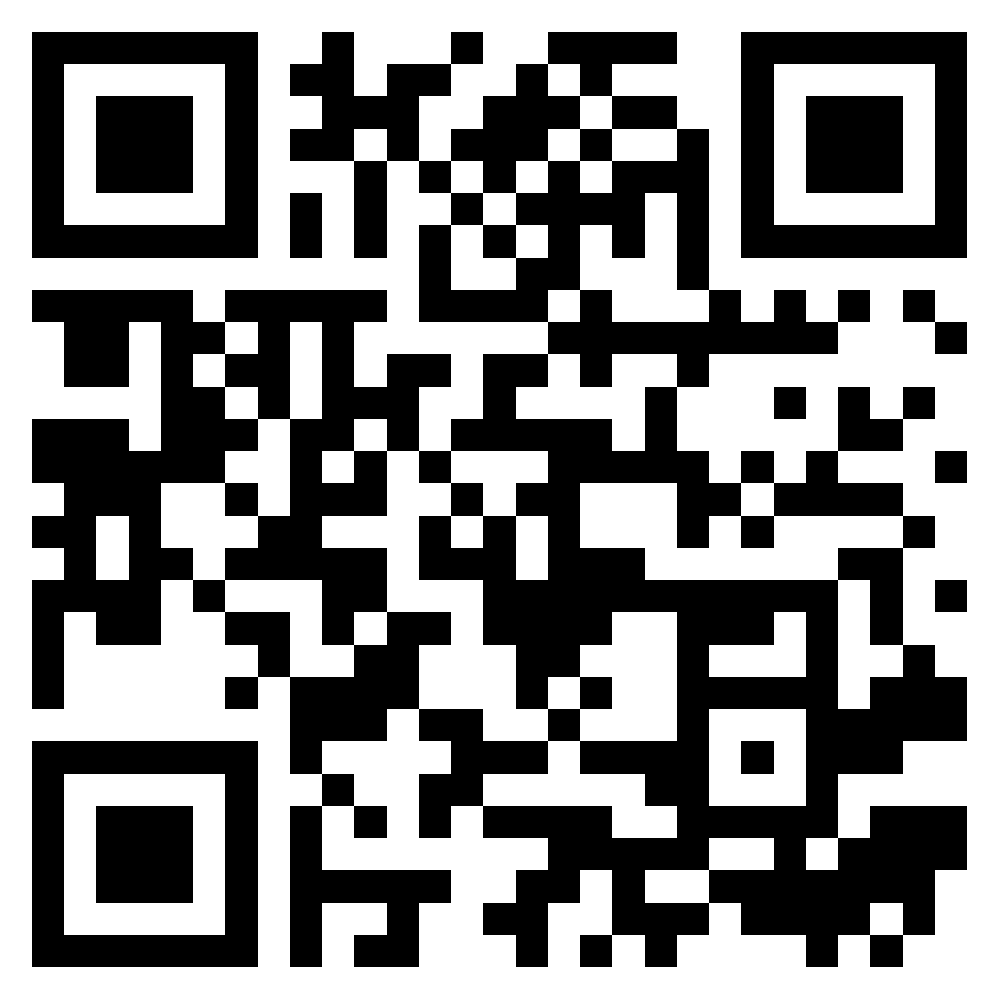Traveling abroad often raises questions about how much data you’ll need. Whether you’re streaming videos, using navigation apps, or staying connected on social media, it’s crucial to plan ahead to avoid surprise charges or running out of data. This comprehensive guide will walk you through everything you need to know about estimating and managing data usage while traveling, including the best eSIM plans and beyond.

Understanding data usage while traveling
Before diving into the specifics of how much data you’ll need for travel, it’s important to understand how different activities use up data. Apps, streaming, navigation, and communication all contribute to your data consumption. Let’s break it down:
Data usage for Skype video calls
Video calls are one of the most data-intensive activities you can do while traveling. Platforms like Skype, FaceTime, and Zoom require a significant amount of data to maintain video and audio quality. For a one-on-one video call, you can expect to use around 1-1.5 GB of data per hour. For group calls, this could increase.
How streaming services impact your data (YouTube, Netflix, etc.)
Streaming videos, whether on YouTube, Netflix, or any other service, is another major source of data usage. Watching HD content can use up to 3 GB per hour. Standard-definition content uses approximately 1 GB per hour. For light users or short-duration streaming, 1-2 GB might be sufficient for a few episodes of your favorite show.
Social media data consumption: Instagram, Facebook, and Twitter
Browsing through Instagram, Facebook, or Twitter involves a mixture of text, photos, and videos. On average, social media apps use about 100 MB per hour for browsing, but this can rise significantly if you’re watching a lot of videos or engaging in live streams.
How music streaming affects your data usage (Spotify, Apple Music)
If you plan on listening to music during your trip, streaming services like Spotify or Apple Music will also consume data. On average, streaming music at standard quality uses around 40-150 MB per hour. For higher quality audio or lossless streaming, you could be using up to 300 MB per hour.
Data consumption for navigation apps (Google Maps, Apple Maps)
Navigation apps are essential for getting around in unfamiliar locations, but they do use up a fair bit of data. Google Maps, for example, can use 1 MB of data for every 2 minutes of navigation. If you’re relying on GPS for longer journeys, it’s smart to download offline maps beforehand.
How travel apps use your data
Various travel apps help you manage your trip, from booking flights to checking in at hotels. These apps may not use as much data as streaming or video calls, but they still contribute to your overall usage.
Typical data usage for travel apps
Travel apps typically use between 10-50 MB of data per hour. If you’re using a lot of apps, you might end up using 1-2 GB over the course of a day. It’s worth noting that certain apps, like currency converters or weather apps, use minimal data but still accumulate over time.
Video call data consumption across different apps
As mentioned earlier, video calling apps like Skype and FaceTime use a considerable amount of data. The data consumption can vary slightly depending on the app, but generally, expect around 1 GB per hour for standard quality video calls.
Social media apps and their data usage
Checking your social media accounts can add up. Instagram and Facebook, for example, are notorious for consuming data quickly, especially if you’re scrolling through videos or live streams. It’s best to keep an eye on how much time you spend on these apps to avoid unnecessary data consumption.
Data consumption for streaming video and music
When streaming videos on platforms like Netflix or YouTube, you’re consuming significant data. Streaming services like Spotify also add to the consumption, so balancing these activities is key to not going over your data limit.
Estimating your travel data needs
To accurately estimate how much data you’ll need during your travels, consider your activities and how often you’ll use your phone.
How to check your data usage on your phone?
Most modern smartphones provide a feature to track your data usage. Go to your phone’s settings and check the data usage section to see how much data you’ve consumed over a specific period. This can help you get a better idea of how much data you typically use per day or week.
Want to learn more about how to manage your mobile data? Check out our guide on what is an eSIM and how does it work to understand the technology that can help you stay connected without the hassle of physical SIM cards.
Setting data limits and alerts
To prevent exceeding your data limit, set up alerts and limits on your phone. Both iOS and Android devices allow you to set data usage limits and notifications when you’re approaching your limit. This is particularly useful if you’re using a prepaid plan or need to stay within a certain data budget.
Estimating data usage for common activities (calls, streaming, browsing)
Here’s a quick breakdown of data usage for some common activities:
- Texting and Messaging: Typically uses about 1 KB per message.
- Browsing: General browsing uses around 100 MB per hour.
- Video streaming: Uses between 1-3 GB per hour, depending on the quality.
- Navigation: Around 1 MB per minute for GPS.
Choosing the right data plan for travel
When choosing a data plan for your trip, you can opt for a regular plan or an unlimited plan, depending on your needs.
Regular plans vs unlimited plans
Regular data plans may be cheaper but come with limitations. If you’re not sure how much data you’ll use, it’s a good idea to estimate based on your planned activities. On the other hand, unlimited plans provide peace of mind, especially if you’re going to use data for multiple activities like streaming, navigation, and social media.
Use Nomad’s data calculator for personalized recommendations
If you’re unsure about how much data you’ll need, use a data calculator like the one from Nomad. These tools let you input your travel details, activity preferences, and destinations, and they’ll suggest the best plan for your needs.
If you’re unsure about which devices support eSIM technology, we have a detailed device compatibility guide to help you determine if your phone is ready for eSIM activation. Make sure you’re prepared before your trip!
Managing data usage while traveling
If you’re trying to save on mobile data during your trip, there are a few simple ways to reduce consumption.
Tips for managing data usage
- Turn off data-heavy apps: Disable apps that use a lot of data, like streaming services and automatic updates.
- Download content before your trip: Download offline maps, music, and videos before you leave to save on data.
- Use Wi-Fi whenever possible: Make use of Wi-Fi at hotels, cafes, or public spaces.
Using a travel data calculator
A travel data calculator can help you estimate how much data you’ll need for activities like browsing, streaming, and using navigation apps. This can help you choose the right plan to avoid overpaying for unnecessary data.
How to stay within your data limits?
One easy way to stay within your data limits is to set up alerts on your phone. You can also limit the use of certain apps or activities that consume excessive amounts of data.
Looking for the best ways to manage your eSIM and make the most of your data plan while traveling? Check out our article on how to activate an eSIM to learn step-by-step instructions on getting your eSIM up and running
How much data do you need for a week?
Estimating your data usage over a week can help you decide whether to go for a larger data plan or a smaller one.
Estimating weekly data usage for common activities
For a typical traveler, 2-3 GB might be enough for a week if you’re using your phone for basic browsing, navigation, and checking emails. If you’re streaming videos or using social media frequently, you may need 5-7 GB for the week.
How much data do I need for navigation?
Navigation apps like Google Maps can use 1 MB of data for every 2 minutes of navigation. If you’re traveling in a city and using your phone for directions several times a day, it’s a good idea to allocate around 200-500 MB per day for navigation.

How to get unlimited data abroad with an eSIM
eSIM technology allows you to get unlimited data without the need for a physical SIM card. With an eSIM, you can easily switch between providers and plans, which is especially useful for international travel.
Understanding mobile data units
Before you head abroad, it’s important to understand mobile data units like MB and GB.
What are MB and GB?
- MB (Megabyte): A megabyte is a unit of digital information equal to 1,024 kilobytes.
- GB (Gigabyte): A gigabyte is a larger unit of data, equal to 1,024 megabytes.
How much data does the average person use?
The average person uses about 1-2 GB of data per day, depending on their activity level. Light users may need only 500 MB per day, while heavy users may consume up to 5 GB per day.
Sample Data Plans and Usage
| Data Plan | Typical Usage |
|---|---|
| 1 GB | 4–5 hours of web browsing or 1–2 hours of video streaming |
| 2 GB | A full day of heavy usage (video streaming, browsing, social media) |
| 4 GB | A few days of light to moderate usage (browsing, navigation, social media) |
| 8 GB | About a week for light to moderate users, including moderate video streaming |
| 20 GB | Great for frequent use of streaming music, videos, and data-heavy apps |
| 50 GB | Suitable for intensive users, including frequent HD video streaming |
| 100 GB | More than enough for extended trips with frequent streaming, navigation, and browsing |
Data Usage by Activity
| Activity | Typical Data Consumption |
|---|---|
| Web browsing / Social media | Up to 100 MB per hour (depending on content) |
| Messaging | Around 1 KB per message |
| Streaming music | Up to 150 MB per hour (quality dependent) |
| Streaming video | 1–3 GB per hour (HD content) |
| Downloading apps | 10–50 MB per app (depending on size) |
| Checking email | About 1 MB per message |
| Uploading photos | Up to 10 MB per photo |
| Video calls | 1–1.5 GB per hour |
| Tethering | Can consume large amounts, especially with multiple devices |
Does 5G use more data?
Yes, 5G networks tend to use more data because of the higher speeds they offer. However, this is only noticeable if you’re actively streaming high-quality content or downloading large files.
Choosing the right plan based on your travel type
Depending on the type of traveler you are, your data needs will vary. Here’s a breakdown:
Persona 1: The Minimalist
If you’re just checking emails and browsing occasionally, a smaller plan (2-3 GB) will be sufficient.
Persona 2: The Influencer
Influencers need plenty of data for social media, video uploads, and live streaming. A larger plan (10-20 GB) is ideal.
Persona 3: The Mixed Bag
If you’re doing a bit of everything—streaming, browsing, and occasional calls—go for 5-7 GB.
Persona 4: The Streamer
If streaming is a key activity, choose a plan with at least 10-20 GB, depending on how often you stream.
Persona 5: The Reader
If you mostly read articles and use navigation apps, 2-5 GB should suffice.
Persona 6: The Big-Time Traveler
Big-time travelers need as much data as possible, so a 20-50 GB plan is recommended for a month of intensive usage.
FAQ about data usage while traveling
1. How much does 1GB of data cost?
This depends on the provider, but you can expect to pay between $5-$15 for 1GB of data when traveling abroad.
2. How much data do you need to stream a movie?
Streaming a movie in standard quality typically uses around 1 GB of data, while HD streaming can use up to 3 GB per hour.
3. How much data do you need to stream music?
Streaming music on platforms like Spotify uses about 40-150 MB per hour.
4. What happens if I use data for something not included in the calculator?
If you use more data than expected, you may incur additional charges or have your service throttled.
5. What happens if I stay for more than 30 days but receive no recommendations from the data calculator?
If you stay longer than expected, you can adjust your plan to accommodate your extended stay, or use a new plan to suit your needs.
Want to explore more? Check out our latest eSIM guides for top destinations worldwide and choose the plan that fits your journey:
🌍 Best International eSIM Plans for Travelers
Discover the most flexible eSIM options that work across multiple countries, perfect if you’re visiting several destinations.
🇲🇽 Best eSIM for Mexico 2025 : Top Providers and Plans
Compare the top providers and find the most reliable data packs for your trip to Mexico.
🇵🇪 Best eSIM for Peru in 2025 : Top Providers, Plans and Pricing
Discover the best options to stay connected in Peru with flexible data plans.
🇰🇷 Best eSIM for South Korea 2025 : Stay Connected Anywhere
Enjoy seamless connectivity across South Korea with the best eSIM providers.
Stay connected wherever you go! Compare, choose, and activate your eSIM in minutes with esimseeker.com.
Other articles
-
-
30 September 2025
-
5 September 2025



